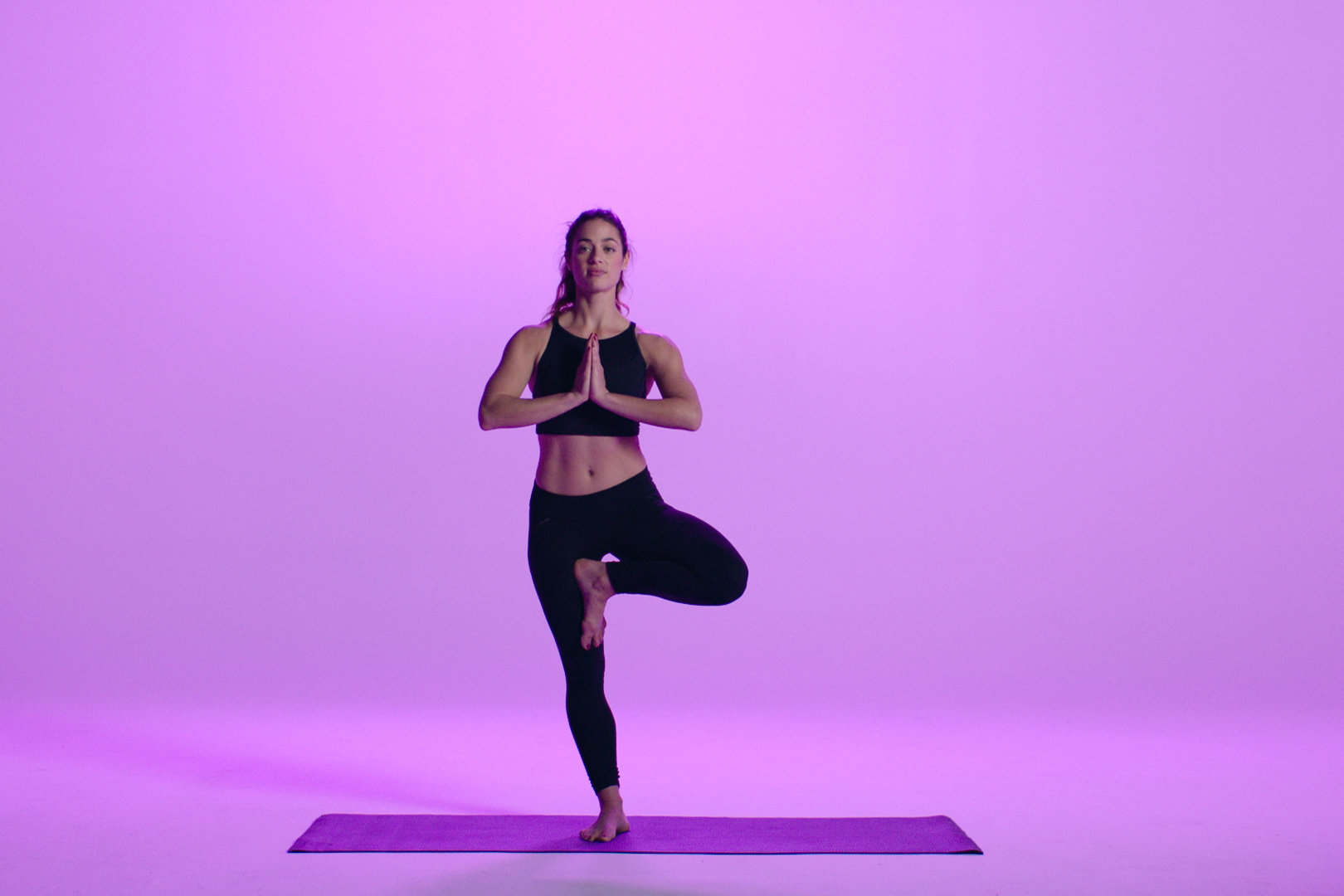Neuromuscular stabilization (NMS)
NEUROMUSCULAR STABILISATION
Neuromuscular stabilization (NMS) is a rehabilitation technique used to address neuromuscular imbalances and improve overall movement patterns. It involves the use of specific exercises that aim to activate and strengthen the deep stabilizing muscles of the body, particularly those that control posture and movement.
The goal of NMS is to restore normal movement patterns and improve functional performance by activating the neuromuscular system to control movement more effectively. This is achieved by focusing on core stability, alignment, and proprioception (the body’s ability to sense its position in space).
NMS exercises typically involve slow, controlled movements that target specific muscle groups, with an emphasis on correct posture and alignment. The exercises are often performed on unstable surfaces or with the use of unstable equipment, such as balance balls or foam rollers, to challenge the body’s stabilizing muscles even further.
NMS can be used to address a wide range of musculoskeletal conditions, including back pain, neck pain, shoulder pain, and knee pain. It is often used in conjunction with other therapies, such as manual therapy and exercise therapy, to achieve optimal results.
HOW PHYSIOTHERAPY HELPS IN NMS
Physiotherapists at KURE WELLNESS plays an important role in the management of neuromuscular stabilization (NMS) by helping patients to develop proper movement patterns, improve their neuromuscular control, and reduce pain and disability.
Physiotherapy interventions for NMS typically involve a combination of manual therapy, exercise therapy, and education. Here are some ways in which physiotherapy can help in NMS:
- Assessment and diagnosis: Physiotherapists can assess patients to identify neuromuscular imbalances, postural issues, and movement dysfunctions that may be contributing to their pain or disability.
- Manual therapy: Physiotherapists can use various manual therapy techniques such as soft tissue mobilization, joint mobilization, and trigger point release to help reduce pain, improve range of motion, and restore proper joint mechanics.
- Exercise therapy: Physiotherapists can develop individualized exercise programs that focus on improving neuromuscular control, core stability, and balance. These exercises may involve the use of unstable surfaces or equipment to challenge the body’s stabilizing muscles.
- Education: Physiotherapists can educate patients on proper movement patterns, posture, and body mechanics to help prevent further injury and promote long-term recovery.
- Progress monitoring: Physiotherapists can monitor patients’ progress and modify their treatment plans as needed to ensure continued improvement.
Overall, physiotherapy can help patients with NMS by providing them with the tools and techniques they need to address their neuromuscular imbalances and improve their functional performance.
HOW CHIRO HELPS IN NMS
Chiropractor ESHAN KAUSHIK at KURE WELLNESS care can be an effective treatment option for neuromuscular stabilization (NMS) by addressing underlying structural and biomechanical issues that contribute to pain and dysfunction. Here are some ways in which chiropractic care can help in NMS:
- Spinal manipulation: Chiropractors use spinal manipulation techniques to help restore proper joint mechanics and reduce pain. Manipulation can help release tension in the muscles and joints, which can improve neuromuscular control and coordination.
- Soft tissue therapy: Chiropractors can use soft tissue therapy techniques, such as myofascial release, to help reduce tension and improve mobility in the muscles and soft tissues. This can help improve neuromuscular control and reduce pain.
- Corrective exercises: Chiropractors can prescribe corrective exercises that are tailored to each patient’s specific needs. These exercises can help improve neuromuscular control, stability, and balance.
- Posture education: Chiropractors can provide education on proper posture and body mechanics to help prevent further injury and promote long-term recovery. This can help patients develop healthy movement patterns and reduce the risk of future injuries.
- Co-management: Chiropractors often work closely with other healthcare providers, such as physiotherapists, to provide comprehensive care for patients with NMS. This can help ensure that patients receive the most effective and appropriate treatment for their condition.
